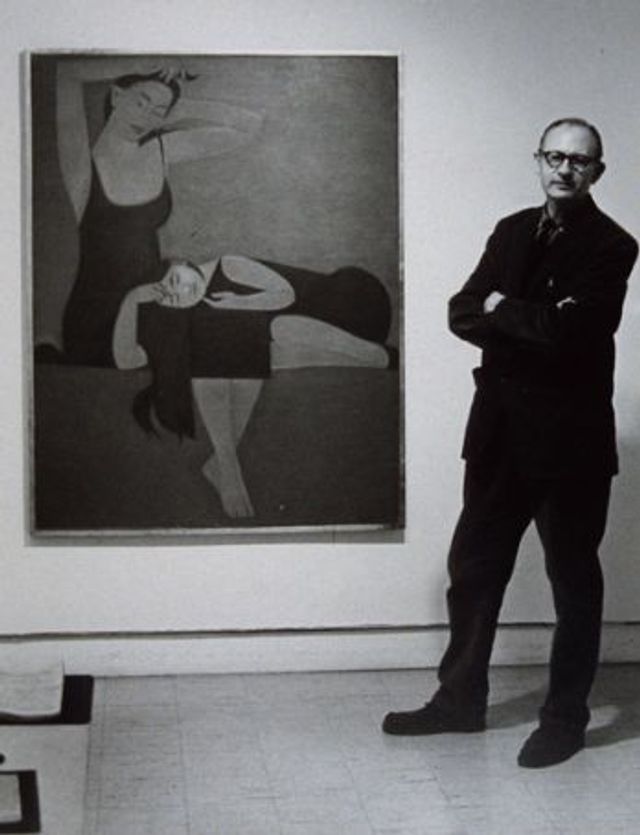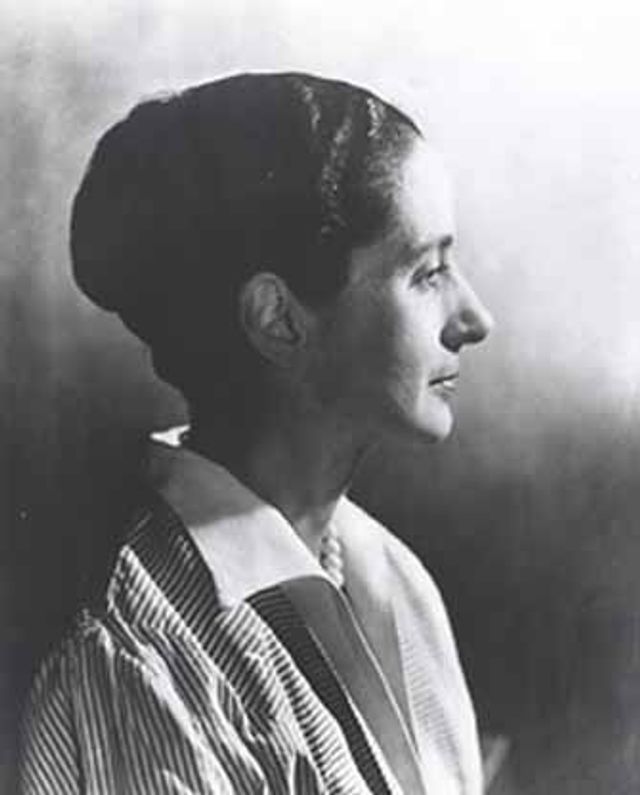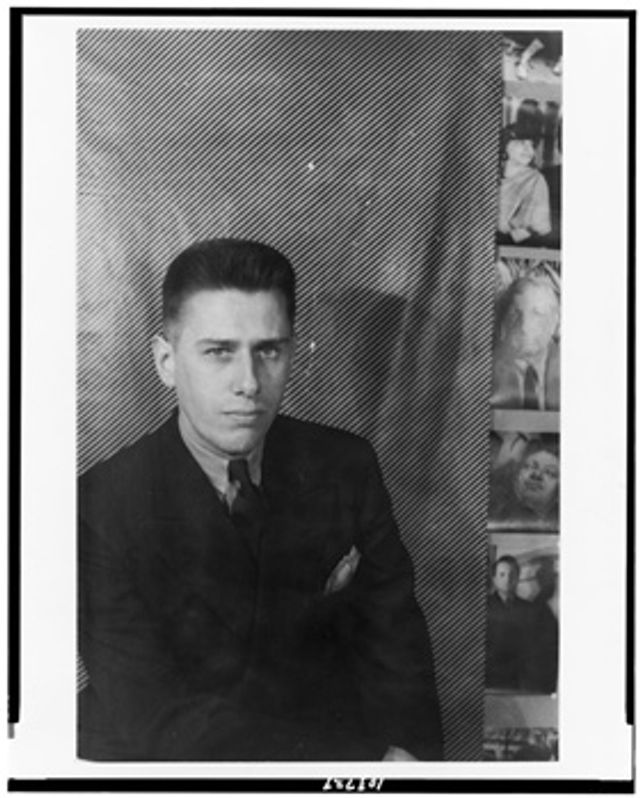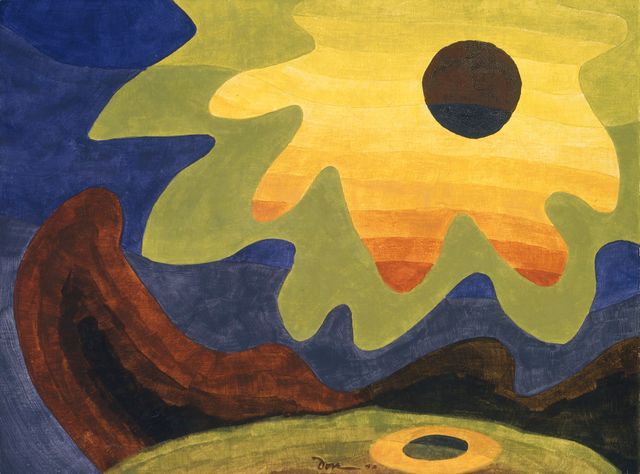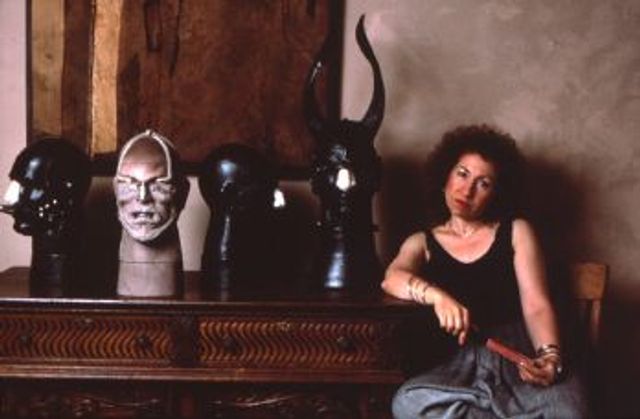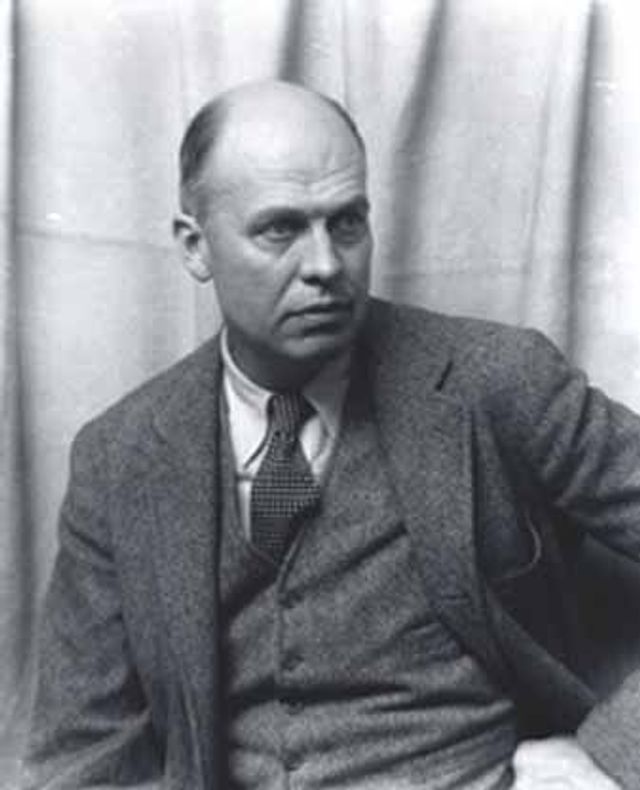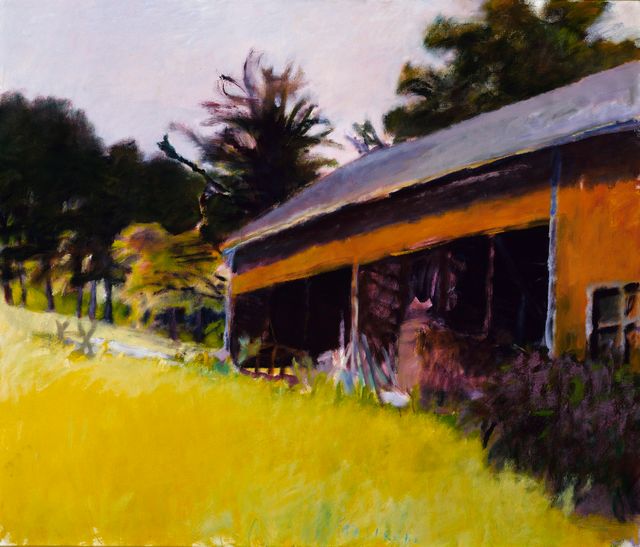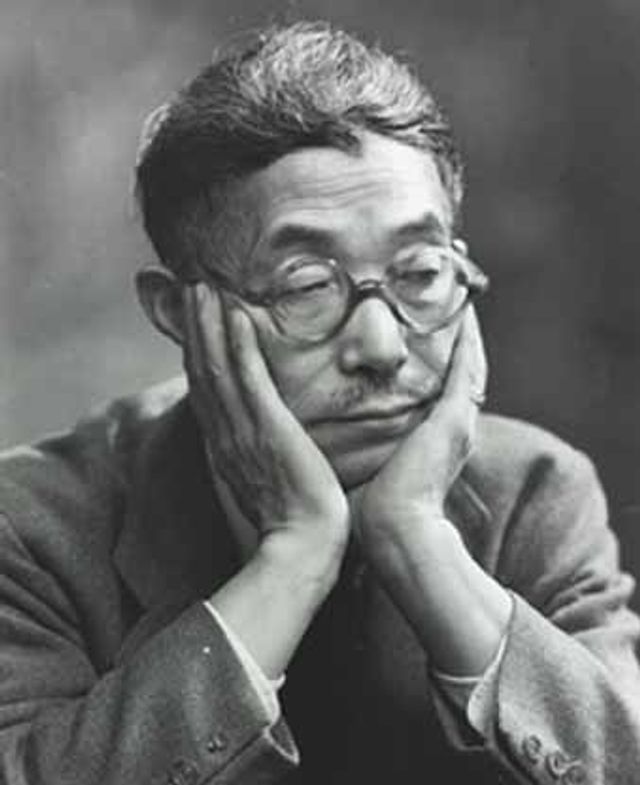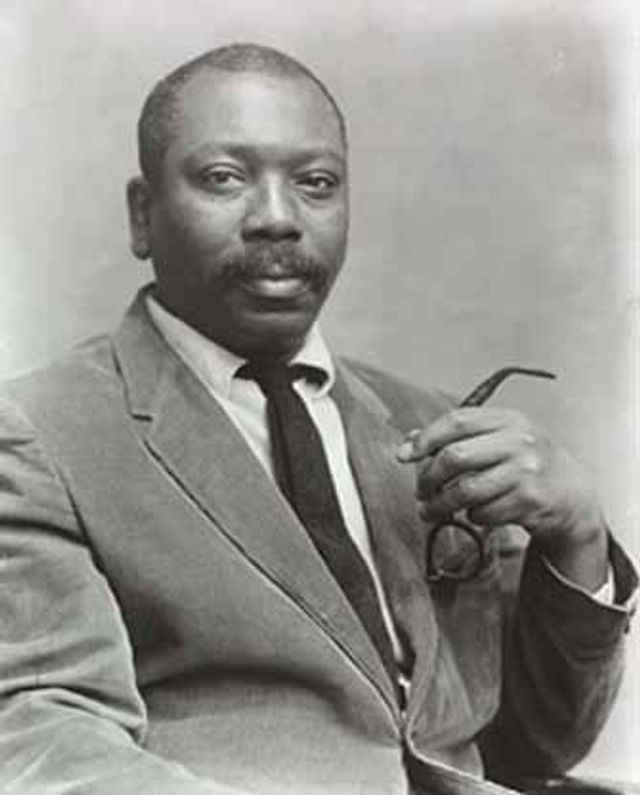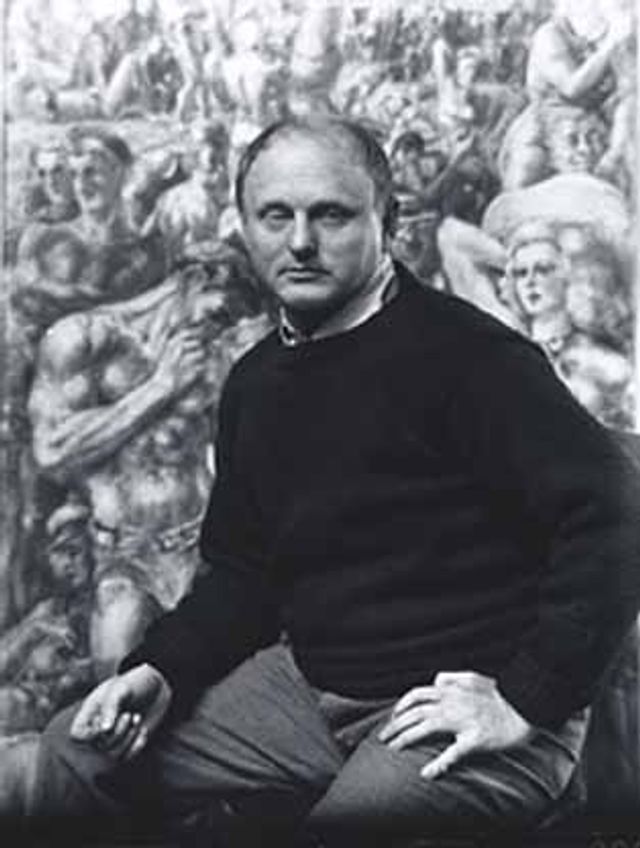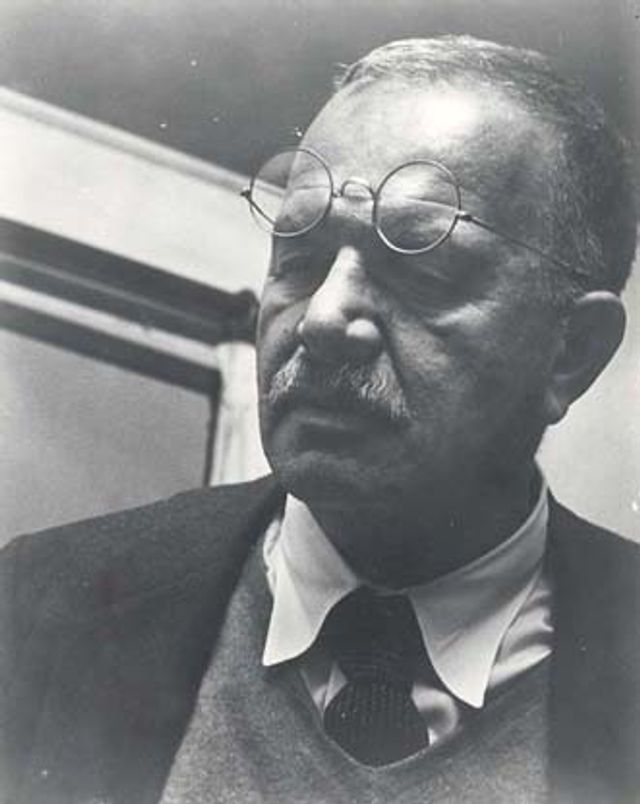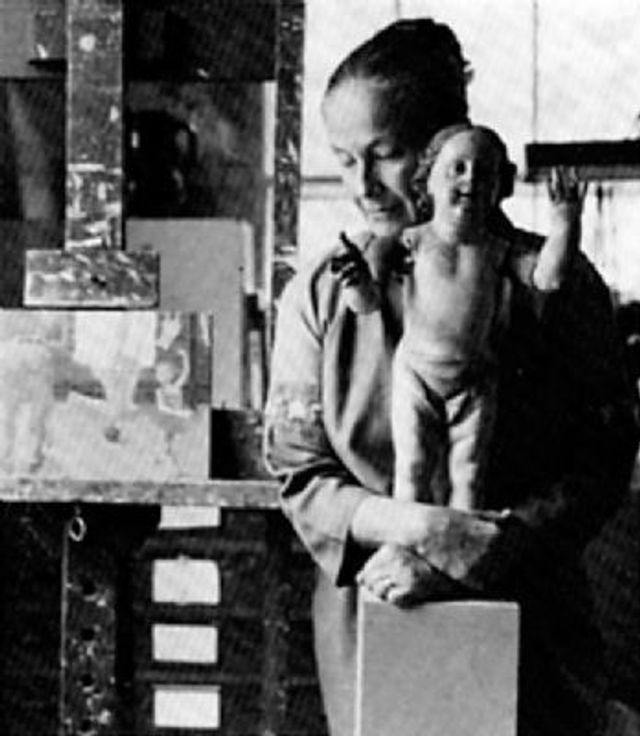Modern American Realism: The Sara Roby Foundation Collection

Edward Hopper, Cape Cod Morning, 1950, Smithsonian American Art Museum, Gift of the Sara Roby Foundation
Modern American Realism: The Sara Roby Foundation Collection presents some of the most treasured artworks from the Smithsonian American Art Museum’s permanent collection, including works by Will Barnet, Isabel Bishop, Paul Cadmus, Arthur Dove, Nancy Grossman, Edward Hopper, Wolf Kahn, Yasuo Kuniyoshi, Jacob Lawrence, Reginald Marsh, Ben Shahn, and Honoré Sharrer, among others. The exhibition includes seventy paintings and sculpture from the 1910s to the 1980s that encompass the range of what can broadly be called modern realism, from socio-political to psychological, from satirical to surrealist. The artworks on display were selected by Virginia Mecklenburg, chief curator at the museum.
Description
Sara Roby (1907-1986) believed that the most effective way to encourage the visual arts in the United States was to acquire the works of living artists and exhibit them to the public. The Sara Roby Foundation began collecting American art in the mid-1950s, and during the next thirty years assembled a premier group of paintings and sculpture by the country’s leading figurative artists. In 1959, an exhibition of the Foundation’s collection opened at the Whitney Museum of American Art in New York. It was the beginning of a twenty-five-year exhibition program that circulated artworks from the Foundation’s collection to museums throughout the country.
A painter herself, Sara Roby sought out art broadly defined as realist and artists concerned with principles of form and design that she had learned as an art student, first at the Pennsylvania Academy of the Fine Arts in Philadelphia and later with Reginald Marsh and Kenneth Hayes Miller at the Art Students League in New York. The resulting collection captures both the optimism and the apprehension of the years following World War II. Many of the works are poignantly human, such as Dowager in a Wheelchair (1952) by Philip Evergood, while others are whimsical, like Gertrude and George (1979) by Richard Merkin. Still others, by artists such as Roy De Forest and Robert Vickrey, challenge us to decipher meanings imbedded in complex, sometimes enigmatic scenes.
Sara Roby refused to be bound by current trends when she began collecting in the 1950s. She championed realism at a time when critics celebrated abstract expressionism and promoted “action painting” in works that bore little resemblance to the natural world. Roby also was unwilling to be constrained by her own collecting criteria. In addition to paintings by Edward Hopper, Paul Cadmus and their contemporaries, the Foundation purchased abstract work by artists, including Stuart Davis, Louise Nevelson, and Mark Tobey. Roby and her advisors recognized that modern life allowed for many kinds of realism.
Visiting Information
SAAM Stories
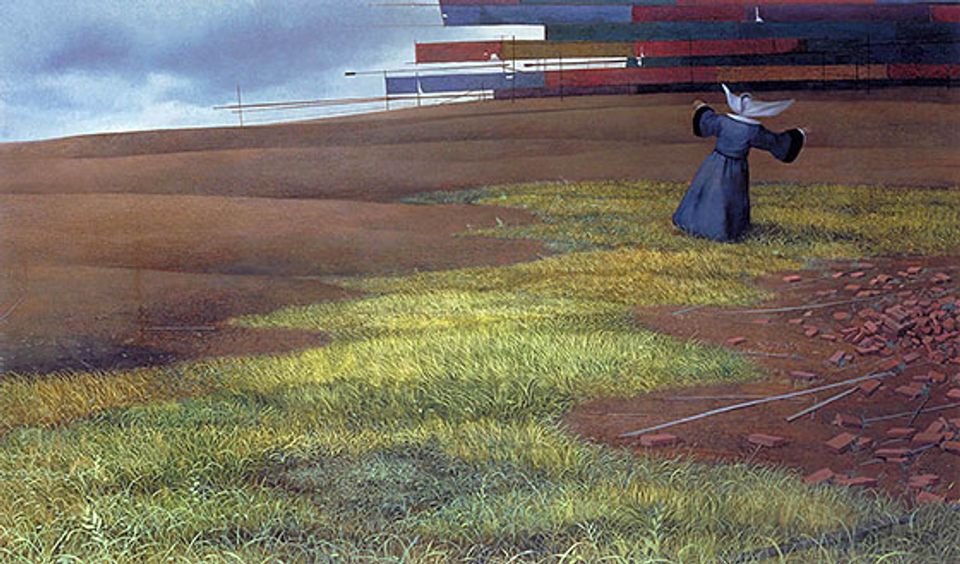

Online Gallery
About The Sara Roby Foundation
The Sara Roby Foundation has long supported collection and research initiatives at the Smithsonian American Art Museum. In 1986, the Foundation gave the American Art Museum a transformative gift of 175 paintings, sculpture, and works on paper. In 1996, the Sara Roby Fellowship in Twentieth-Century American Realism was established at the museum. Since then, the museum has hosted twenty predoctoral, postdoctoral, and senior fellows as well as two object conservation fellows. In 2013, the Foundation made a gift to the museum to establish the Sara Roby Endowment. The endowment supports the museum’s programmatic initiatives related to realist or figurative art, including curatorial assistance, exhibitions support, acquisitions, educational and public programs, and publications.
Artists
Painter and printmaker, teacher at the Art Students League. Barnet's images of women and domestic scenes, distinctive in their emphasis on flat painting surfaces, are meditative in tone.
Painter and printmaker. Her preferred subjects were nudes, interiors, and urban landscapes—often Union Square in New York City—inhabited by shoppers and working people.
Cadmus entered the school of the National Academy of Design at fifteen with the encouragement of his parents, both of whom were artists.
Born in New York. A pioneering abstract painter known for expressing natural forms, sounds, and musical motifs in his paintings.
Grossman completed a fine arts degree at Pratt Institute in Brooklyn and subsequently received a Guggenheim fellowship for travel abroad.
Realist painter who studied with Robert Henri and Kenneth Hayes Miller at the New York School of Art.
Kahn, who immigrated to the United States at age thirteen, studied with Stuart Davis (at the New School for Social Research) and with Hans Hofmann, and in 1951 he completed a B.A. at the University of Chicago.
Painter and photographer of art. His languid women in repose from the 1930s are significant, but he also painted still lifes and landscapes.
Painter. A social realist, Lawrence documented the African American experience in several series devoted to Toussaint L'Ouverture, Frederick Douglass, Harriet Tubman, life in Harlem, and the civil rights movement of the 1960s.
Born in Paris, brought to the United States in 1900, lived mostly in New York City.
Ben Shahn immigrated to the United States as a child and was apprenticed to a lithographer after finishing elementary school. In the 1920s, he studied at New York University and City College, and very briefly at the National Academy of Design.
Honore Sharrer took her first painting lessons from her mother, who had been a pupil of George Luks.














